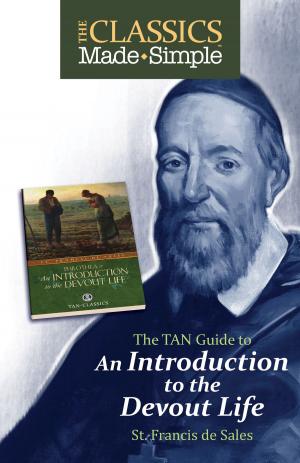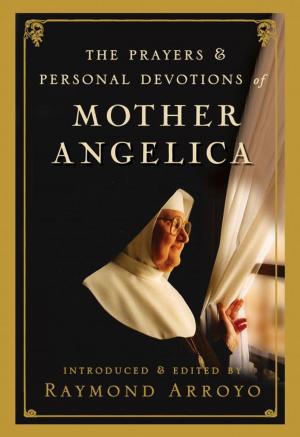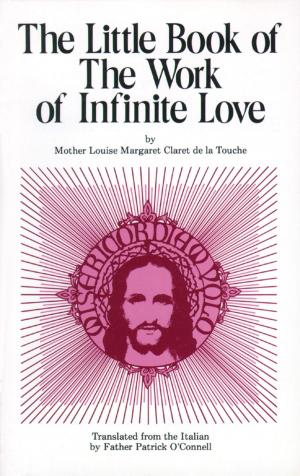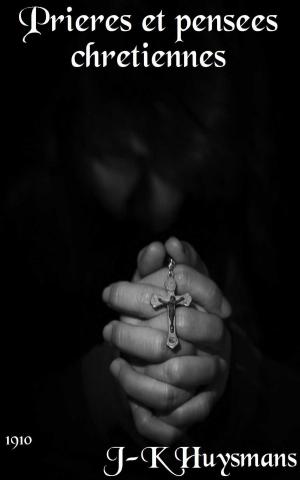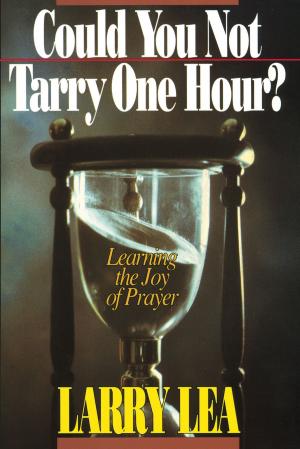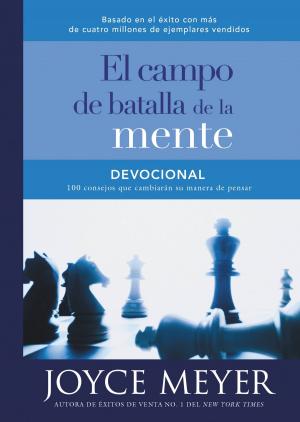Our Lady Untier of Knots
Nonfiction, Religion & Spirituality, Christianity, Prayerbooks, Inspiration & Meditation, Devotionally| Author: | Clinton R. LeFort | ISBN: | 9781386686446 |
| Publisher: | Clinton LeFort | Publication: | August 3, 2017 |
| Imprint: | Language: | English |
| Author: | Clinton R. LeFort |
| ISBN: | 9781386686446 |
| Publisher: | Clinton LeFort |
| Publication: | August 3, 2017 |
| Imprint: | |
| Language: | English |
History of the Devotion
The devotion to Our Lady Untier of Knots was originally started in Germany thru a man named Wolfgang Langenmantel (1568-1637) Because of the hardships he was facing in his marriage he turned to recourse to a pious and holy Jesuit Confessor and director of the Ingolstadt Monastery. Wolfgang visited the monastery and over the course of several days visited the holy Confessor several times; at the end, he finally resolved his marital problems. It had been known that the Holy Jesuit had himself received a visit from the Blessed Virgin Mary which he spoke of as “Mother Thrice Admirable.”
It was customary at the time, during wedding ceremonies for the maid of honor to join the arms of the bride and groom with a piece of ribbon. At the time of one of the last visits to Fr. Rem, Wolfgang gave to Fr. Rem the fabric which had joined he and his wife. Fr. Rem performed a ritual whereby he lifted up the knot and untied the knot one by one then flattened out the ribbon before Wolfgang and his bride. The fabric had become completely white again. Wolfgang and his wife were able to keep their marriage intact and avoid divorce.
Many years later the grandson of Wolfgang, a Canon of St. Peter’s (1666-1709) whose name was Hieronymous Ambrosious Langenmantel commissioned a work of art to commemorate the new century, and it was to honor the memory of the Langenmantel family. The painter Johann Georg Schmittdner was commissioned for the work. Schmittdner took the theme of the original “miracle” recalled of Wolfgang, Sophie and Fr. Rem. Mary was placed in the center of the “miracle” while the dove above Mary referred to Mary being the Spouse of the Holy Spirit. Mary untying the knots represented the grace that Mary obtained for the couple thru Fr. Rem, who untied the knots of our difficulties in our lives. The devotion is international in scope today because of the recent recommendation by Pope Francis who first encountered the commitment and picture while he was a student in Germany, then brought it to Argentina.
The first reference to the devotion to Mary as untied of knots is recalled by St. Irenaeus, a first century Martyr, and Father of the early Church, who is recorded as meeting the Apostle John.
History of the Devotion
The devotion to Our Lady Untier of Knots was originally started in Germany thru a man named Wolfgang Langenmantel (1568-1637) Because of the hardships he was facing in his marriage he turned to recourse to a pious and holy Jesuit Confessor and director of the Ingolstadt Monastery. Wolfgang visited the monastery and over the course of several days visited the holy Confessor several times; at the end, he finally resolved his marital problems. It had been known that the Holy Jesuit had himself received a visit from the Blessed Virgin Mary which he spoke of as “Mother Thrice Admirable.”
It was customary at the time, during wedding ceremonies for the maid of honor to join the arms of the bride and groom with a piece of ribbon. At the time of one of the last visits to Fr. Rem, Wolfgang gave to Fr. Rem the fabric which had joined he and his wife. Fr. Rem performed a ritual whereby he lifted up the knot and untied the knot one by one then flattened out the ribbon before Wolfgang and his bride. The fabric had become completely white again. Wolfgang and his wife were able to keep their marriage intact and avoid divorce.
Many years later the grandson of Wolfgang, a Canon of St. Peter’s (1666-1709) whose name was Hieronymous Ambrosious Langenmantel commissioned a work of art to commemorate the new century, and it was to honor the memory of the Langenmantel family. The painter Johann Georg Schmittdner was commissioned for the work. Schmittdner took the theme of the original “miracle” recalled of Wolfgang, Sophie and Fr. Rem. Mary was placed in the center of the “miracle” while the dove above Mary referred to Mary being the Spouse of the Holy Spirit. Mary untying the knots represented the grace that Mary obtained for the couple thru Fr. Rem, who untied the knots of our difficulties in our lives. The devotion is international in scope today because of the recent recommendation by Pope Francis who first encountered the commitment and picture while he was a student in Germany, then brought it to Argentina.
The first reference to the devotion to Mary as untied of knots is recalled by St. Irenaeus, a first century Martyr, and Father of the early Church, who is recorded as meeting the Apostle John.

